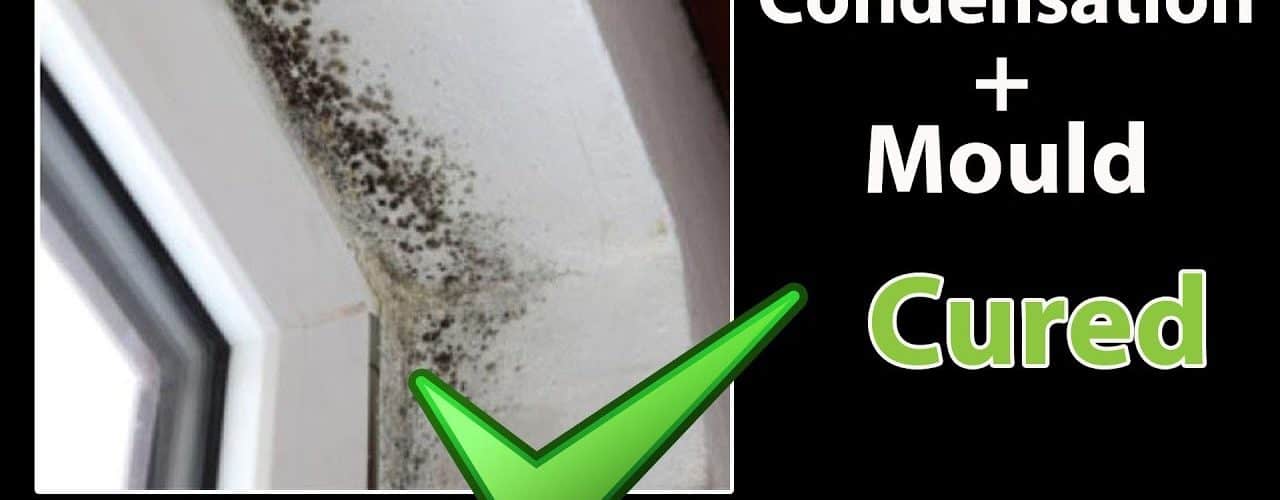Condensation occurs when the temperature of the interior of an item is different than the exterior of an item. For example, condensation may occur on a glass when the temperature of the liquid inside the glass is cooler than the temperature outside the glass. As the warmer air breezes by the cooler glass, the air is cooled and reaches its saturation limit. When the air vapor reaches its maximum threshold, water beads form on the glass from the moisture that occurs naturally in the air. When warmer air vapor settles on a cooler surface, condensation may occur. The same is true of household windows. Condensation may occur when there are disparate differences in temperatures.
When moisture is produced in the house, condensation may occur, if the proper condition presents itself. Homes that are well ventilated tend not to develop condensation within the home. Poor air circulation in the home creates the proper environment for condensation to occur behind furniture and in cabinets. Condensation may lead to mold growth, which may lead to allergies and other airborne illnesses.
Condensation is primarily a problem that occurs in the winter when temperatures are cold outside and the windows are warm or in the summertime when the air inside is cold and the temperature outside is warm. Wintertime condensation proves to be most damaging to homes and may cause mold to accumulate.
To prevent condensation in homes, consider performing the following steps in order to minimize the chances of the occurrence:
To prevent winter condensation, the home owner may employ the following options:
• Blow air across the surface of the window.
• Add storm windows.
• Raise the temperature inside the building.
• Open the drapes.
To prevent summer time condensation, the home owner may employ the following options:
• Apply Low-E coatings to the surface of the windows. The coating will prevent the window heat from rising significantly. This will prevent condensation from developing.
In general, clients can employ the following techniques to prevent condensation and keep the home mold free:
• Apply a waterproofing surface finish to exterior walls. This will prevent the rain and moisture from entering the home through cracks and other small areas. The water will bead on the surface and roll off faster, rather than settling on the surface of the wall.
• Make certain the home has proper rain drainage systems in place. Gutters are common rain drainage systems. These systems direct water away from the home.
• Inspect the flooring of the home. If there are any cracks in the surface, repair them. This will discourage water from entering the home.
• Inspect all water pipes and other water sources in the home. Be certain there are no leaks that could cause damage within the home.
• Ventilate bathrooms after showering to discourage mold from growing in the room.
• If clothes are dried inside a room, ventilate the room to discourage condensation.
• If the home is subject to condensation, consider a dehumidifier or an extractor fan to remove condensation from the home.
• Electric is the driest form of fuel in the home. Use electric fuel to discourage the condensation development.
• Double-paned windows or double-glazing windows may help to deter condensation on windows. Energy efficient windows are one of the most effective ways to combat condensation.
• Tiles do not discourage moisture from developing. Heated tiles may assist in removing moisture from the floors in kitchens and bathrooms and discourage mold development.
• Painted plaster walls are also more prone to condensation than other types of wall covering. Consider an alternative wall covering.
References:
RLC Engineering
DIY Data – Condensation
Replacement Windows & Shutters
Gornell – Condensation



